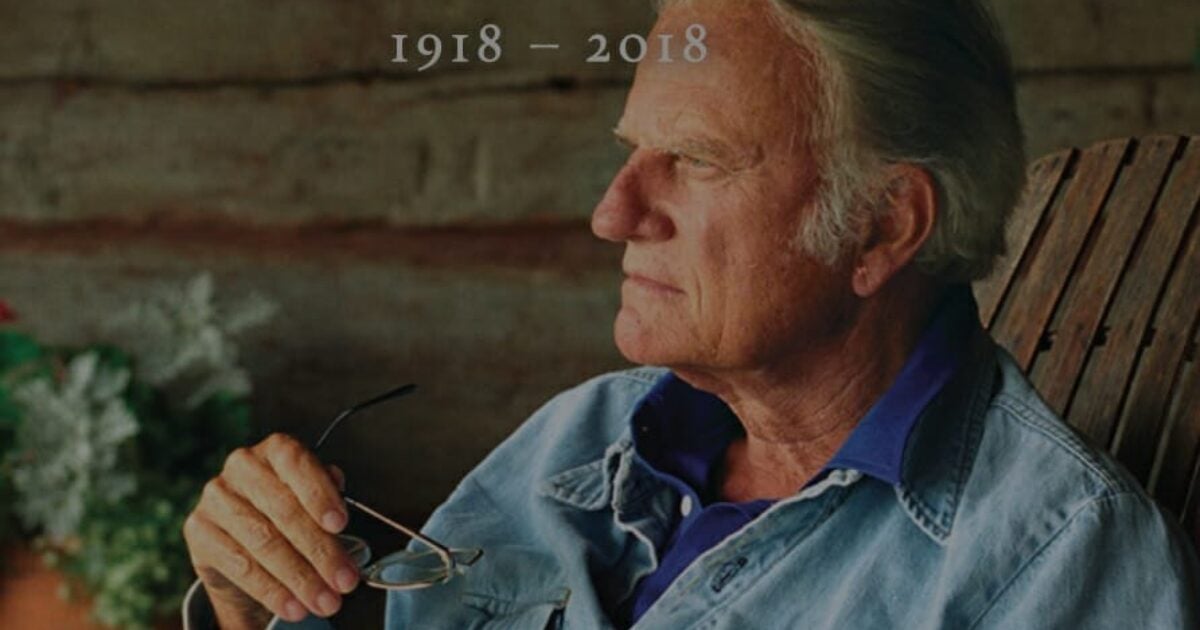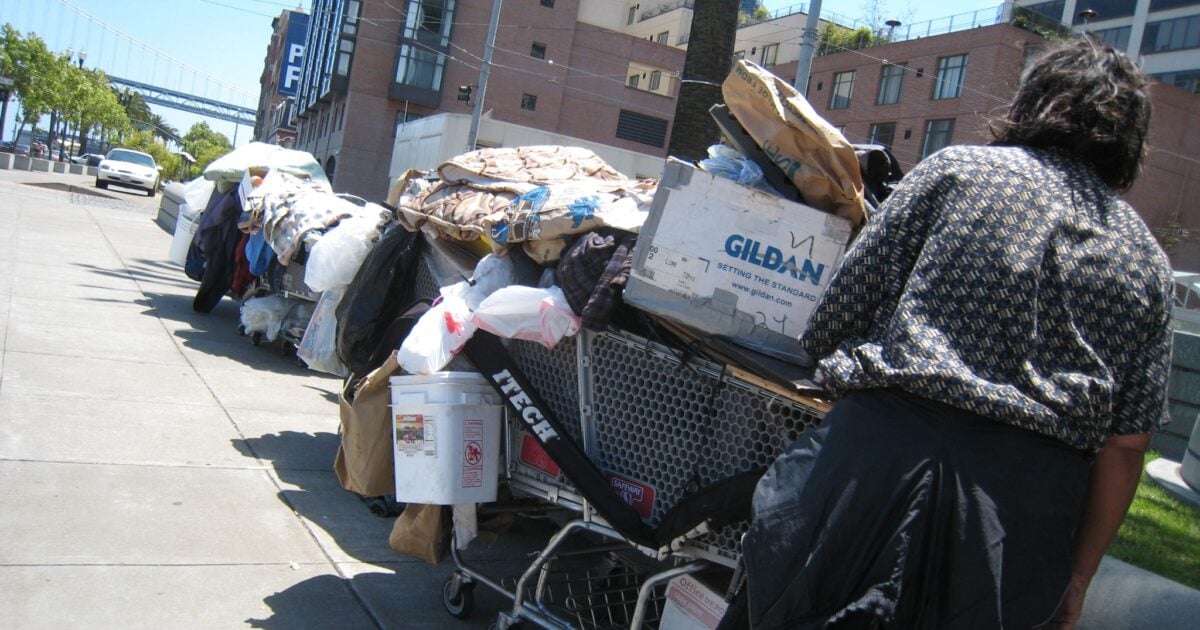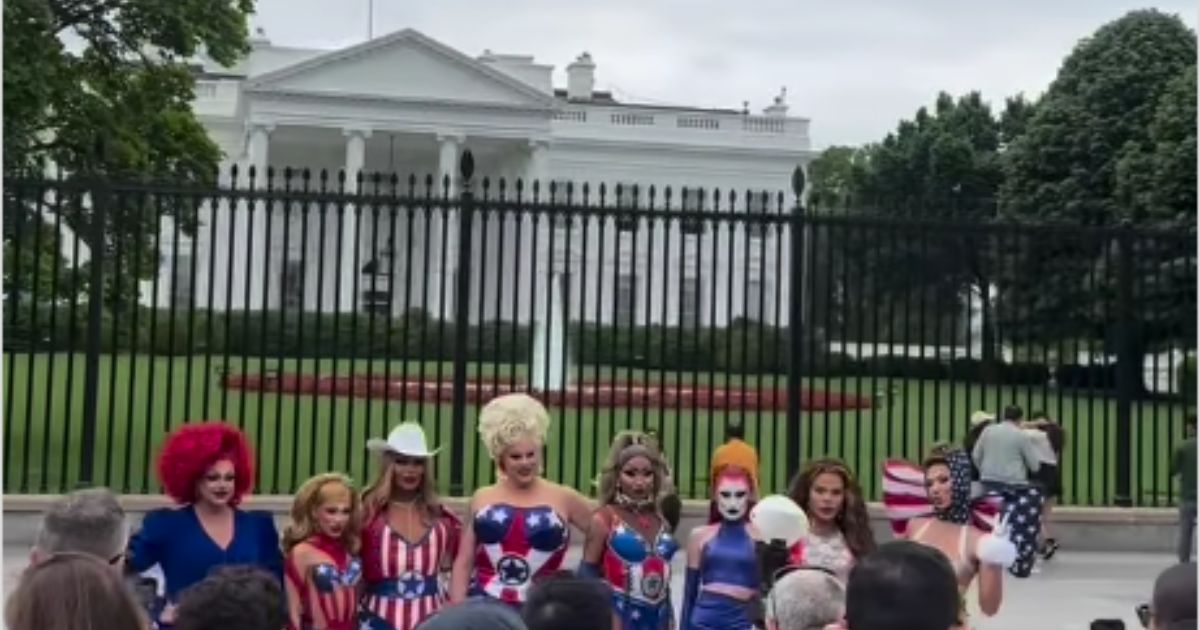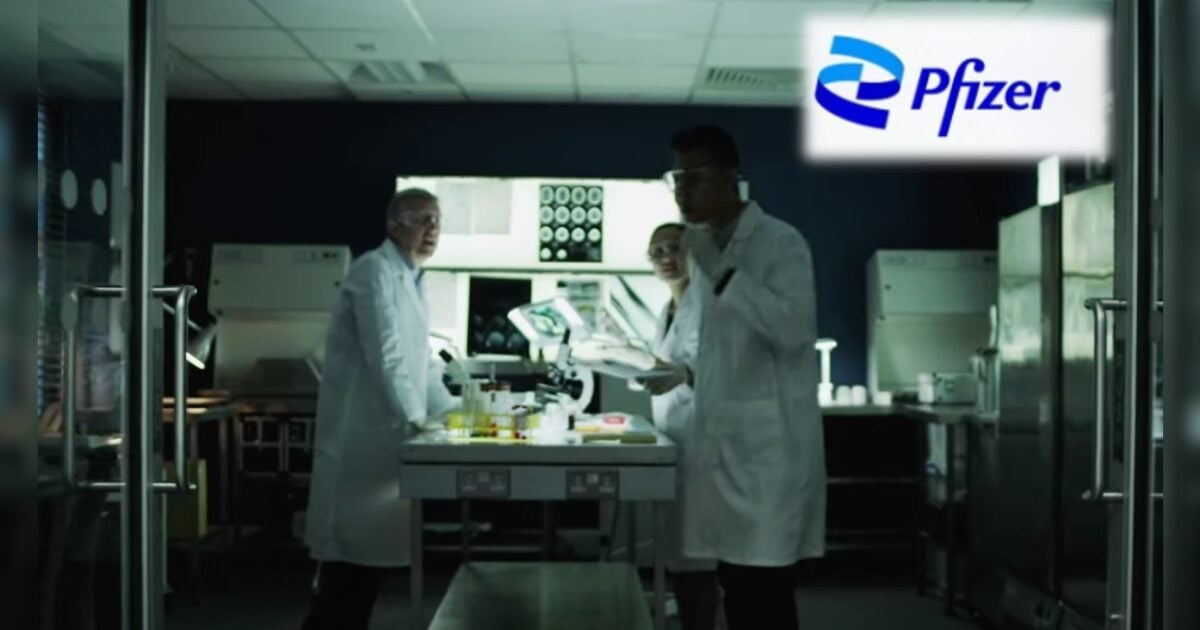All products featured on Vogue are independently selected by our editors. However, when you buy something through our retail links, we may earn an affiliate commission.
Ask anybody what they love best about their fragrance, and chances are they’ll mention a common perk: “I always get compliments when I wear it.” I’m of the opinion that there is no purer compliment than “you smell amazing.” It’s the kind of comment that speaks to the pleasure of your mere presence, and it not only affirms your excellent taste, but also draws those who appreciate your vibe nearer—a win-win. It also happens to be one of perfumer Aurélien Guichard’s modus operandi behindPrime materialshis luxury fragrance brand that launched in the U.S. this past fall.
I can personally attest that any time I’ve worn a Materiere Premiere fragrance from my little collection of sample vials, I’d be stopped on the street, in restaurants, and on dates, to be told how incredible I smelled, and then, of course, asked what the perfume is, exactly. They’re the kind of scents that trail closely behind you but don’t necessarily clear the room (depending on how spray-happy you are). I’ll smell it on sweaters the next day, and have been told from friends that my scent sometimes faintly lingers pleasantly in their home after I’ve visited. It’s exactly how I want perfume to behave—like a post-experience calling card or a benevolent ghost lingering in your home.
While Guichard has an impressive resume creating some of the most recognizable eau de parfums with big designer houses like Burberry, Issey Miyake, Gucci, and Narciso Rodriguez (to name drop a bunch), he set out to launch his own perfume collection for reasons most die-hard creatives will understand: when you love what you do, you keep wanting to do it in different and more unique ways. “I’m a master perfumer,” Guichard told me over Zoom, when I asked what his “official” title was. “But you know, I see perfumers like artists or creative people. I don’t see people being master painters, but I seemasterpiecessometimes, and I think perfumers are about the same; we are all creators.”
Photo: Courtesy of Matiere Premiere
The name Matiere Premiere translates to ‘raw material,’ which is the uniting theme in the line. Its original blueprint involved creating streamlined scent formulas highlighting certain unique facets of a hero ingredient. Reading the roll call of names in the 10-scent collection—Radical Rose, Bois D’Ebene, Neroli Oranger—you get a clear sense of what each fragrance is about. They’re designed to be thematically unfussy, with a clear intent that’s easy to understand, no matter who wears it or where. “I wanted to work at the service of the raw materials because those are the words that I use as a perfumer to express myself,” Guichard explained. “Raw materials are my fields of expressions.”
It was also important for the scents to possess a long-wearing but not overpowering diffusion—a modern take on French perfumery, which historically involved dousing oneself inwatersas fragrant as possible to compete with the stench of plague (and stretch those in-between bathing days)—an approach that persisted, despite way less plagues in the 20th century. Convincing non-fragrance-wearing friends to wear Matiere Premiere’s first prototypes on skin was step one. And then, once they became fragrance converts and asked for refills (due to overwhelming feedback about how nice it is to have people admire your scent), that was confirmation for Guichard that he was onto something. Nowadays, it’s considered a bit try-hard to wear overly pungent perfumes in France, whose most successful global beauty export is probably no-makeup makeup (or red lipstick on an otherwise bare face). Elegance is minimalism is sophistication isFrench. “Sometimes French luxury is a bit distanced, it’s not very comfortable, and it’s not very accessible,” Guichard tells me. “Modern luxury is about not being pretentious. People who aren’t fragrance experts can appreciate extreme quality as well.”
Rose centifolia field in Grasse.
Photo: Courtesy of Materiere Premiere
Raw materials also happen to be a family tradition. His grandparents grew jasmine, roses, and verbena. And having been raised in the south of France where perfumery is one of the big industries, there’s a cultural know-how that the locals possess. It also doesn’t hurt to have the land, which the Guichard family does. “After 15 years of work, I said, ‘What if I go back to the basics? What if, on top of creating fragrances, what if I grow some ingredients?’” The farm-to-fragrance pipeline is unique for a perfumer, and Guichard is the only master perfumer to grow his own ingredients. Most fragrance brands work in tandem with other farmers and plantations for their resources, for good reason: it’s just not very economical to garden. “You don’t make any money when you grow flowers. It’s very time-consuming, so you really need to have a dedication for it.”
Take roses, for instance: once planted, a rose bush will flourish in about three-to-four years. Five-to-seven years is peak flower-production time in a rose bush’s lifespan (which is about 15-to-18 years total), Guichard explained to me. It’s not the most economical production schedule for a modern fragrance brand in our fast-paced culture. Tuberose, which he also grows, takes a bit less time to harvest: about three months. Perhaps slightlymoreeconomical, however, tuberose absolute from the south of France will run you about €250K a kilo, versus its more commonly used Indian counterpart, which fetches about €10K a kilo.
Raw Material French Flower Eau de Parfum
Raw Material Crystal Saffron Eau de Parfum
Raw Material Neroli Oranger Eau de Parfum
Matiere Premiere 6-Piece Eau De Parfum Discovery Set
French Floweris the only fragrance that exclusively uses tuberose from the south of France. It’s a rich, nectar-y, creamy tuberose enfleurage and absolute, mingled with ginger, Chinese tea leaf, and pear, meant to evoke the scent of a tuberose field at night (fun fact: tuberose flowers only release their scent in the evening). Compared to other tuberose fragrances I’ve smelled, which can sometimes veer greener or more vegetal, French Flower feels like the full-fatted, cream version of what I’d previously only experienced at the 2% or 1% level (if we’re talking in terms of milk). “We don’t say it’s better in France than it is elsewhere; it’s just different. You have different olfactive qualities, different olfactive facets,” Guichard said, describing the difference to me.
As for the rest of the hero fragrance notes, he’s selective about his sources. “We work with companies that [practice] ethical sourcing, like this amazing company for sandalwood based in Australia calledDutjahn. It’s owned by [indigenous] Australians and they own more than 50% of the company.” Guichard cites this kind of choice as part of the fragrance formula. “The choice of an ingredient is an act of creation. When you introduce a new formula—an orange flower, for example, coming from Tunisia—it’s an act of creation of selecting this very specific orange flower compared to one made in Morocco, in the south of France, or elsewhere.”
Perfume by provenance may not be something many fragrance wearers often consider, but if there are any unique advantages of dropping a pin on certain regional ingredients, Matiere Premiere intends to accentuate it. Its line-up is a global buffet of scent profiles: saffron from Greece, sandalwood from Australia, birch tar from Finland, incense from Somalia, guiaic wood oil from Paraguay, ambrette seed from Peru, and citrus oil from Italy. The collection is slowly spanning the globe.
“I’ve spent a part of my life abroad away from France, so I never really saw that creation was made for a specific region, and I don’t believe that people have regional tastes,” Guichard tells me. “I actually believe people, wherever they’re from, are capable of enjoying something that is interesting or unique.” I ask if he has a certain kind of fragrance wearer or region in mind when he’s creating scents, and he mentions only two parameters: is the idea universally clear, and does the scent garner the wearer comments?
I woreCrystal Saffronfor a month straight this fall, soon after the fragrance launched, heralding in the brand’s exclusive U.S. debut inSaks 5th Ave. It was unlike anything I’d smelled before (and as a spoiled beauty writer, I have arobustfragrance collection). The complex spice note has a glassy texture that’s round, slightly smoky and warm (thanks to Somalian incense). It dries down softly on my skin with a musky sillage, and does exactly what I want it to do: prompt every friend or person I hug to go in for a second inhale and exclaim, “Oh my god, you smell so good—what are youwearing?”


.jpg)







